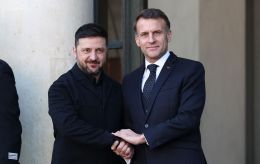Interest payments from frozen Russian assets: Why EU's option might not work for Ukraine
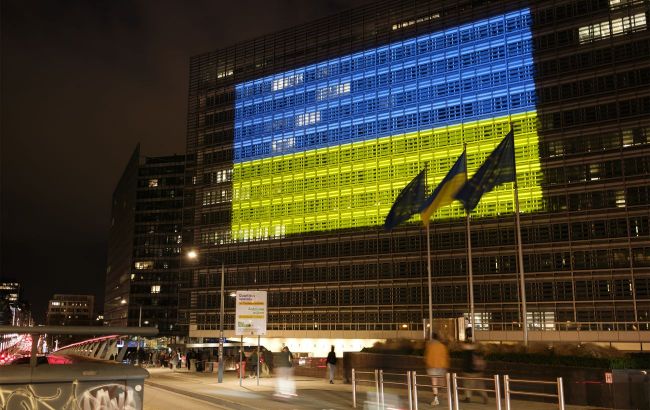 The Berlaymont building in Brussels, home to the European Commission's headquarters (photo: Getty Images)
The Berlaymont building in Brussels, home to the European Commission's headquarters (photo: Getty Images)
The European Commission has agreed to pay Ukraine interest on frozen Russian assets. But this is still the first step, and only from the EU. How Ukraine will receive funds and in what amounts, not only from the EU but also from all G7 members, may become clear in the next month. RBC-Ukraine analyzes the situation.
Contents:
- EC's decision and interest calculation
- Is this the decision Ukraine wanted?
- Meeting of G7 Finance Ministers may clarify picture
For more than two years now, no one has been able to resolve the fate of frozen Russian assets in various countries that support Ukraine in its war with Russia. These funds, amounting to about $370 billion, are or may be located in the EU, the United States, the United Kingdom, Japan, Canada, Australia, Singapore, and Switzerland.
There is no official confirmation of the specific amounts of such assets. This information is not disclosed and can only be formed from open data at the time of the beginning of active military operations of the Russian Federation on February 24, 2022.
As of today, we can assume that there is confirmation only of Russian money that is under the jurisdiction of the EU. "It is already known for sure that there are about 260 billion euros, of which 210 billion euros are frozen in Belgium and Luxembourg," said Deputy Head of the Presidential Office Iryna Mudra in January 2024, when she was Deputy Minister of Justice. (Some European media mention the amount of 270 billion euros of Russian assets in Belgium.)
However, it has not been possible to convince the heads of central banks of the countries where Russian money is located to confiscate the assets and pay them to Ukraine, although Ukraine has been negotiating on this issue for more than a year. Bankers are afraid that Russia will demand the money back and that banks and the euro currency will be distrusted. For example, last week, Christine Lagarde, President of the European Central Bank, raised legal and economic objections to the full confiscation of assets. However, the United States, with strong support from the United Kingdom, wants to circumvent such objections by proposing not to confiscate assets but to issue a loan against them.
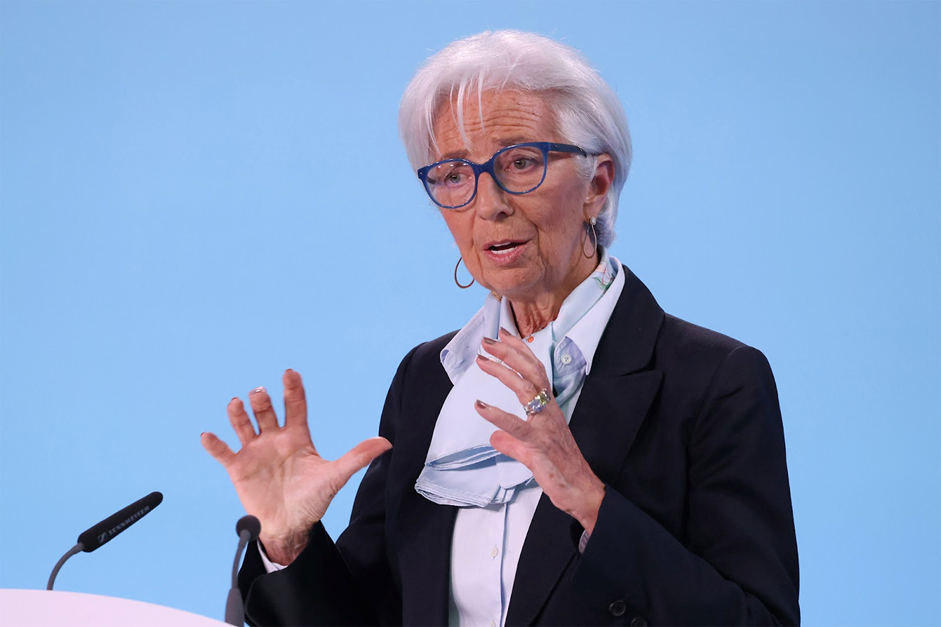
Christine Lagarde, President of the ECB (Photo: Getty Images)
EC's decision and interest calculation
Russia's money is kept, among other things, in securities, the maturity of which expired at different times between February 2022. Upon expiration of this period, the funds were transferred to the European depository Euroclear, after which interest began to accrue on them. This interest is windfall income - it does not belong to Russia or Russian companies but is owned by Euroclear.
The discussion about the transfer of interest has been ongoing for quite some time. Mudra spoke about it in detail in an interview with RBC-Ukraine. Finally, on May 21, the European Commission decided to transfer income from Russian assets to Ukraine, namely 3 billion euros. This was confirmed by Belgian Foreign Minister Hadja Lahbib. In the following years, the profit may increase and reach 5 billion.
The funds, according to the EC's decision, will be available to support Ukraine starting in July 2024, with payments made twice a year. 90% of the amount will be used to supply military equipment under the EPF (European Peace Facility), and 10% will be allocated to the EU budget for long-term support to Ukraine.
Is this the decision Ukraine wanted?
The EC's decision does not apply to the return on assets for the entire period when the Russian funds were under arrest, but only from February 15, 2024. According to Euroclear's financial results, from that date to the end of the first quarter, about €159 billion of frozen assets generated a net profit of €557 million. (In subsequent quarters, the amount of profit may increase due to an increase in the package of expired securities - ed.)

Euroclear (Photo: Getty Images)
"But Ukraine was counting on income from assets not only for the current and future years but also on income for previous years, which has accumulated over 5 billion. That is, the amount of almost two years of income remains for Euroclear's needs as a buffer, covering the theoretical legal risks that Euroclear expects from Russia," Iryna Mudra says in a commentary to RBC-Ukraine. She adds that this money could have been used with greater benefit if it had been invested in more efficient instruments rather than in a depository at the standard rate of 4%. "But we have what we have. We are certainly grateful for this decision," Mudra says.
Oleksandr Parashchii, Head of the Analytical Department at Concorde Capital, believes that it is not worth counting on the income from frozen Russian assets for the past years. "These funds will remain in Euroclear accounts for a long time. Eventually, they may stay there forever, or they may be transferred to Ukraine or returned to Russia. Whatever the case, we are unlikely to receive this money for military needs," he says in a commentary to the agency.
Denys Maliuska, the Minister of Justice of Ukraine, considers the option of simply transferring the interest on the assets to Ukraine to be the most unsuccessful. "The super-optimistic scenario is the confiscation of all assets, and the neutral scenario is the seizure of income and the issuance of a loan against it with one tranche to be paid in advance. The pessimistic scenario is that only the current accrual of income is a maximum of EUR 5 billion per year," Maliuska says.
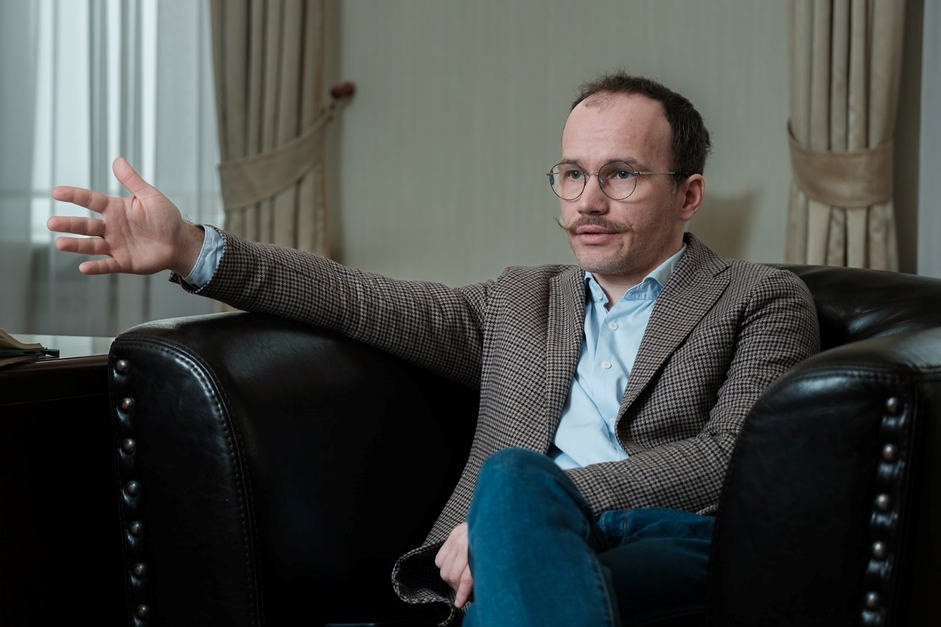
Denys Maliuska, Minister of Justice of Ukraine (photo: Vitalii Nosach, RBC-Ukraine)
He believes it is quite possible to issue bonds under which Ukraine can borrow against the revenues received in the future, for example, in 10 years. "It will be several tens of billions of dollars that Ukraine will be able to receive immediately without confiscation of the amount itself. There are many options, and we are discussing them," Maliuska says.
A collective decision on how to deal with Russian assets will be announced at the G7 summit in Italy on June 13-15, the Ukrainian Justice Minister hopes.
Meeting of G7 Finance Ministers may clarify picture
Before the G7 summit, a meeting of the G7 Finance Ministers will also take place in Italy on May 24-25.
Ukrainian Finance Minister Serhii Marchenko refused to comment on his expectations from the meeting. "There is nothing to comment on—the discussion is still ongoing," he told RBC-Ukraine.
Meanwhile, US Treasury Secretary Janet Yellen called on G7 ministers to work on more ambitious options for using frozen Russian assets to help Ukraine. "We must also continue our collective work on more ambitious options, considering all relevant risks and acting together," Yellen says.
She says she wants to present concrete options to the G7 leaders, adding that аailure to take additional action is not an option -- not for Ukraine's future and not for the stability of our economies and the security of our people.
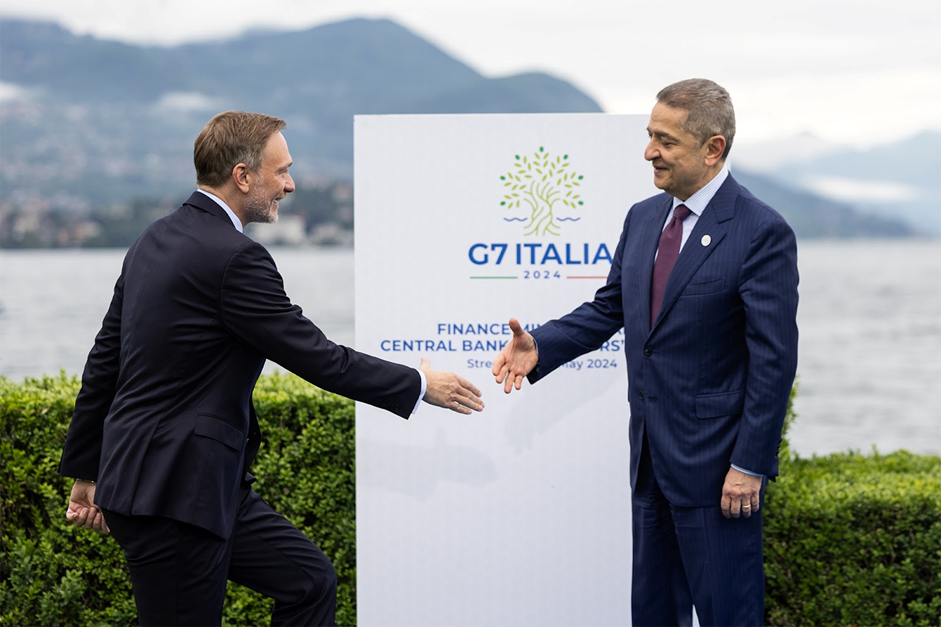
G7 Finance Ministers meeting in Italy (photo: Getty Images)
"The United States has offered to provide Ukraine with loans of up to $50 billion against this interest. However, the details of the US plan have not yet been finalized, including whether the debt would be issued by the US alone or by the G7 countries as a whole. In Italy, the US proposal has aroused interest, but any solution must have a solid legal basis," says Italian Economy Minister Giancarlo Giorgetti.
Germany is also ready to consider options for strengthening support for Ukraine through the proceeds of frozen assets. "If there is a legally viable mechanism that will enable us to make even better use of these financial flows from the frozen assets in the future, then we are certainly prepared to do so," Reuters reports, citing its sources in the German Finance Ministry.
According to the Guardian, the G7 finance ministers meeting may consider an additional €30 billion loan to Ukraine. This is exactly the option that Denys Maliuska called neutral. However, critics of this idea argue that using assets as collateral means ownership of the asset, which is tantamount to its confiscation.
Another G7 member, Japan, which actively supports Ukraine but prefers not to talk about frozen Russian assets, recently made it clear that it is very careful about this topic. "Japan's position is that this should be handled in a way that does not violate international law," says Japanese Finance Minister Shun'ichi Suzuki. He notes that the countries where Russian assets are frozen do not yet have a consensus on what to do with them.
Japan has frozen the equivalent of $36 billion in Russian assets. So far, it has not been included in the total package of Russian funds being considered for return to Ukraine. But perhaps after the G7 summit in June in Italy, the picture will become clearer about the further use of frozen Russian assets and their amounts. At least several Ukrainian officials in conversations with RBC-Ukraine expressed such hope and expectations.
Sources: Foreign media reports, public statements by Ukrainian officials, and comments from the agency's sources and experts.
